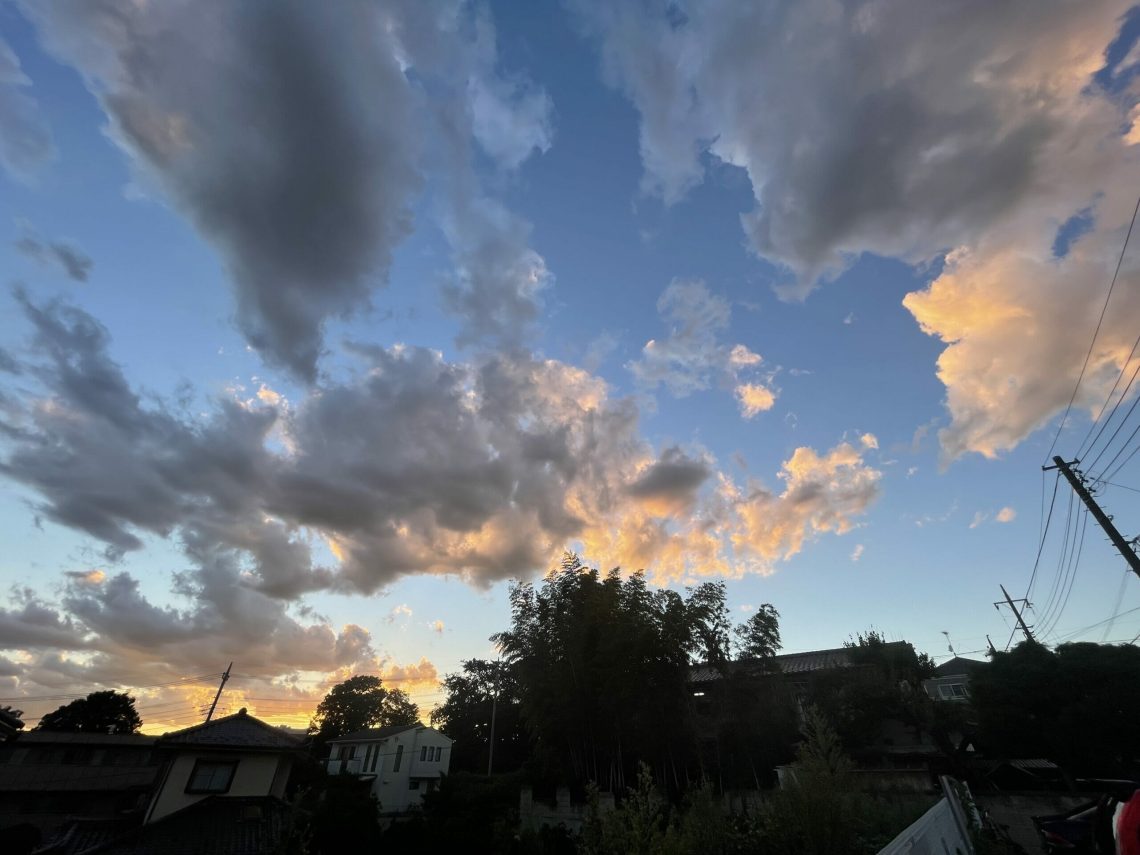For several months after I began my new job earlier this year, I established a very fruitful structure to my day, a habitual pattern of working on writing and photography, making new drafts, editing others, and developing ideas for new pieces. The new job wasn’t exactly exciting, but it was manageable, and I wound up with a great deal of free time in my day. It was naturally broken up into lengths that suited creative sessions—long enough to be productive, but not so long as to let frustration build much if the work wasn’t going well.
The school was in a semi-rural area where I could take long walks on my lunch break, observing frogs and pheasants, getting a good dose of nature as I meandered between small farms and across bridges spanning small rivers.
Then, in mid-June, I was informed that I would be transferred to a different school, another franchise in the same group as my school. Whereas the school where I had been working was the smallest and quietest of the schools in the area, I would be transferred to the busiest, where I would have almost no free time at all during my workday, on top of the added stress of having to learn everything about the job nearly from scratch, as each school does things in its own way.
And so it is that, since then, I have been floundering and thus-far unsuccessful in establishing a new daily routine to provide structure to my creative practice. It’s been hard. Really hard. I’m having difficulty developing new ideas with any clarity, leading to procrastination in doing the actual writing and editing, and the quality of my work has thereby suffered.
It’s not that I don’t know I need to deliberately design and establish a new routine—I certainly know the value of it extremely well—but knowing what we should do and doing it are entirely different things.
I’ve just finished reading a very interesting book, titled Daily Rituals: How Artists Work, by Mason Currey (get it on Amazon: USA |Japan). It’s a fascinating book that covers the daily habits and working style of 161 authors, composers, scientists, and other highly creative individuals covering a span of hundreds of years. Aside from just providing a fascinating look into the lives and habits of many interesting people, what it has done is to remind me again just how immensely important routine and structure are to a generative creative practice.
Poet W.H. Auden noted that “Routine, in an intelligent man, is a sign of ambition.” I think it works equally well in a rearranged form, too. That is, routine, in an ambitious person, is a sign of intelligence.
When I was younger, I admit I didn’t see the value in routine, in that I didn’t connect the word with the concept of practice or training. I didn’t see it as the powerful tool that it is, and wanted everything to be different all the time.
This week I’m off of work, and am considering the new daily routines I wish to establish, and how best to fit those into the new working day I now have to contend with until I can figure out how to manage a career change. This involves when I wake up, when I write, when I meditate and journal, when and how I exercise. It involves when and how I work on photography (writing is getting priority this year, but photography remains very important). It involves when and what I eat for many of my meals.
It even involves the ways in which I want to organize and arrange my physical space at home.
I’ll begin getting up early again next Monday on the August 16th, and that will form the foundation for everything else. For a long time, I assumed I wasn’t a morning person, given my proclivity for staying up late. If I get in the habit, though, being an early riser certainly works very well for me indeed. And with the way the sun rises so early in Japan in the summer, it’s easier to start now than later in the year.
In later posts, I’ll get more into the specifics of what I’m doing in this area of my life, as well as what’s going on with efforts to organize, declutter, and move in the direction of minimalism in my life.
Thanks for reading! Your questions on this or other posts on the blog are highly appreciated and allow me to provide more interesting material going forward. If you have a question, please ask!

This Post Has One Comment
Where there is a will, there is a way.